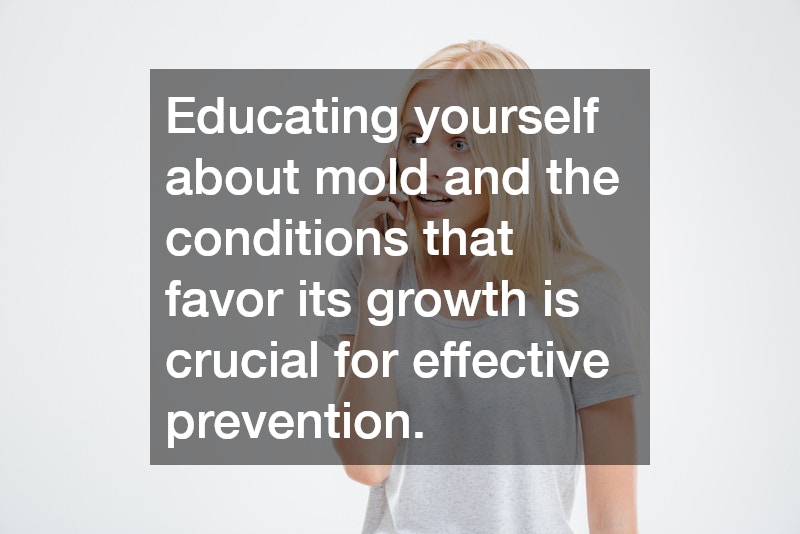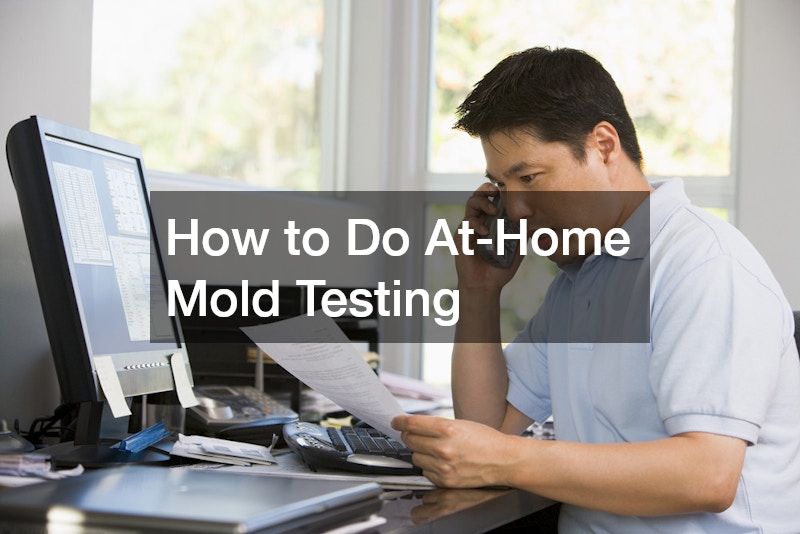Mold is a common problem in many households and can have significant health implications if left unchecked. Mold spores can exacerbate allergies and respiratory conditions, causing symptoms such as coughing, sneezing, and skin irritation. Additionally, prolonged exposure to certain types of mold, like black mold, can lead to more serious health issues. This makes it crucial for homeowners to identify and address mold problems in their homes promptly to protect their family’s health. Understanding mold’s impact on health is the first step in tackling the issue through at-home testing.
Detecting mold early can help mitigate its health risks and prevent its spread throughout the home. It’s vital to be informed about the various signs of mold growth, which can include a musty odor, visible spots of mold, or water damage. By being proactive and aware of these signs, homeowners can take timely action, potentially reducing the need for extensive mold remediation services. Regular monitoring and early detection are key, as mold can grow rapidly under the right conditions, often hidden from plain sight. Knowledge is your first tool in combating mold effectively and safeguarding your home’s indoor air quality.
Educating yourself about mold and the conditions that favor its growth is crucial for effective prevention. Mold thrives in moist environments, making areas like bathrooms, basements, and kitchens particularly susceptible. Staying vigilant about humidity levels, ensuring proper ventilation, and addressing water leaks promptly can help prevent mold growth. Although professional mold remediation services are available, understanding how to detect and prevent mold at home can save you time and reduce expenses. With the right approach, homeowners can greatly reduce the likelihood of mold infestations and protect their family’s health.
Essential Tools for At-Home Mold Testing
Conducting at-home mold testing requires some basic tools and equipment to identify mold presence accurately. One of the most essential tools is a mold test kit, which typically includes test strips or swabs, growing medium, and instructions. These kits are available in many home improvement stores and are relatively easy to use, making them a popular choice for DIY mold detection. Additionally, homeowners may need personal protective equipment such as gloves and masks to safely handle mold samples and avoid exposure to potentially harmful spores. It’s important to note that while these tools can help identify mold, they cannot replace the expertise of professional mold remediation services if an infestation is confirmed.
Moisture meters and hygrometers are also useful tools for at-home mold testing, helping you detect areas of your home that may be at risk for mold growth. A moisture meter can measure the moisture level in materials such as walls or floors, indicating areas where mold might thrive due to dampness. Hygrometers, on the other hand, measure the humidity level in your home, allowing you to maintain conditions that are less conducive to mold growth. Using these tools in conjunction with a mold test kit can provide a comprehensive picture of your home’s mold status. Employing a combination of tools can enhance the effectiveness of your at-home mold testing efforts.
Additional tools that may prove useful in mold testing include flashlights, cameras, and thermal imaging devices. Flashlights can help illuminate dark areas where mold may be hiding, while cameras are useful for documenting mold growth should you need to seek professional mold remediation services later. Thermal imaging devices can detect temperature variations in walls and floors that might indicate moisture accumulation, a common precursor to mold growth. These technological aids can be quite effective in providing a detailed analysis of your home’s mold situation. By leveraging these tools, homeowners can take control of mold investigations and act swiftly to mitigate any potential issues.
Steps for Conducting At-Home Mold Testing
To carry out at-home mold testing, begin by thoroughly inspecting areas where mold is likely to grow, such as bathrooms, basements, and around leaky windows. Use a flashlight to check for visible signs of mold, including discoloration or fuzzy spots on walls and ceilings. Pay attention to any musty odors, as they can be an indicator of hidden mold growth. If you suspect mold presence, use a mold test kit to collect a sample by swabbing the area or using test strips. Once collected, follow the kit instructions to incubate and test the samples, usually by sending them to a laboratory for analysis.
While waiting for the lab results, continue monitoring indoor humidity levels using a hygrometer to ensure they stay below 60%, the threshold below which mold is less likely to grow. Reducing humidity can often involve improving ventilation or using dehumidifiers in problematic areas. Additionally, address any sources of moisture immediately, such as fixing leaks or drying out damp areas. These precautions help create an environment that is less inviting for mold growth. Once the results come back, you’ll have a clearer picture of the mold situation in your home and can decide the next steps.
If the test results indicate a significant mold presence, it might be time to call in professional mold remediation services. These experts can safely and effectively remove mold, preventing it from returning. However, if the results show minimal mold, you might opt for a DIY approach using mold-killing solutions available in stores. Regular re-testing can also ensure that your home remains mold-free over time. Always remember, the key to successful at-home mold testing and prevention is diligence and prompt action whenever mold is detected.
Evaluating Test Results and Taking Action
Once you’ve received your test results, the next step is to evaluate the severity of the mold presence in your home. High levels of mold may require immediate attention from mold remediation services to ensure your living environment is safe. If the results indicate a mild presence of mold, you can often address the problem with targeted cleaning and preventive measures. It’s crucial to decide on a course of action promptly to prevent mold from becoming a larger problem. Understanding your test results is vital in determining the next steps and ensuring your home is a healthy place to live.
For mild cases, there are several effective DIY solutions to manage mold, such as using vinegar or baking soda to clean affected areas. Ensure that any cleaning efforts are thorough and extend beyond visible mold to eliminate any spores that may have spread. It’s also important to continue monitoring humidity levels and improve ventilation to reduce the chance of a mold resurgence. Regular cleaning and maintenance go a long way in keeping your home mold-free. By taking consistent action, homeowners can effectively control mold and maintain a healthier indoor environment.
If your home has a severe mold issue that cannot be easily handled, seeking professional assistance from mold remediation services is necessary. These experts have specialized equipment and techniques to remove mold safely and effectively. They can also provide advice on how to prevent future occurrences, helping you maintain a mold-free home. Investing in professional services can ultimately save money in the long run by protecting the structural integrity of your home and the health of its occupants. Remember, professional intervention is always recommended when facing extensive mold damage or when mold is found in inaccessible areas.

